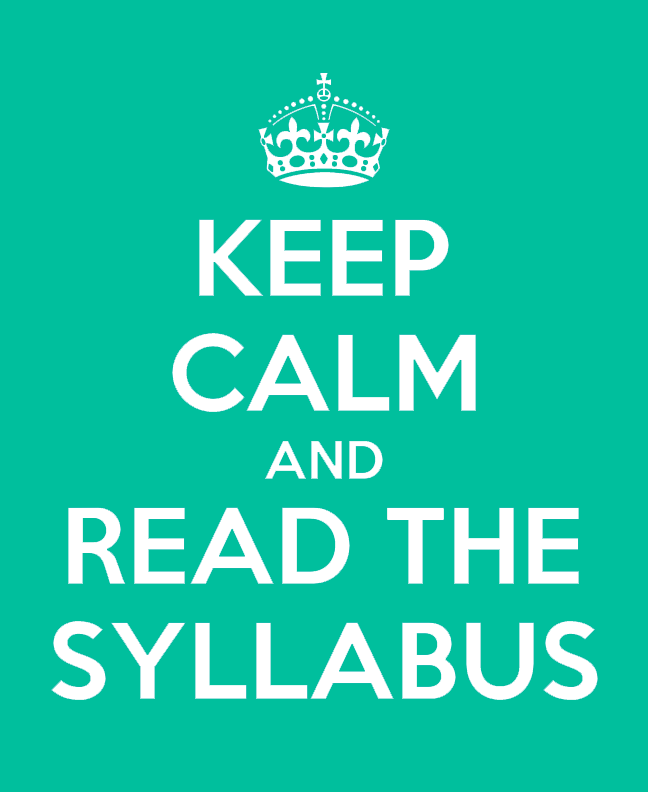Last week, a friend and I were discussing Robert Frost’s jab that “Writing free verse is like playing tennis with the net down.” My friend (a poet himself) elaborated: Anyone can go out to a parking lot with a couple of rackets and swat a ball around. It soon becomes boring, pointless, unchallenging—but paint some lines on the ground and things change. A game takes shape. I would add, though, that rules do more than just turn haphazard strokes into scored points. The rules provide a framework within which a person can begin becoming a tennis player.
The idea that rules—in poetry, on the tennis court, or in the classroom—are formative is nothing new. St. Benedict addressed this some 1,500 years ago. Writing in a monastery southeast of Rome, Benedict outlines the daily practices of his disciples. They will pray at these hours, they will read these scriptures at these times, they will devote themselves to these practices, they will turn away from these vices. By these practices, a person begins the process of becoming a monk.
 Might we think of the course syllabus the same way, as a rule of practice that makes it possible to become something? I don’t want to put the comparison too far—students are not bound to a syllabus for life as monks are to a rule—yet the similarities between The Rule of St. Benedict and a syllabus are many: an ordering of time, an established routine, a common set of readings, a shared gathering place, a way of conducting the self in relation to others. Even though a student may discard a syllabus following finals week, it still gives guidance (as a rule does) for a novice seeking to enter a community.
Might we think of the course syllabus the same way, as a rule of practice that makes it possible to become something? I don’t want to put the comparison too far—students are not bound to a syllabus for life as monks are to a rule—yet the similarities between The Rule of St. Benedict and a syllabus are many: an ordering of time, an established routine, a common set of readings, a shared gathering place, a way of conducting the self in relation to others. Even though a student may discard a syllabus following finals week, it still gives guidance (as a rule does) for a novice seeking to enter a community.
 Whether for a lifetime or a semester, this life together is marked by a practiced discipline—a telling word, given that in the academy we work within disciplines. We are disciplined into the particular ways of reading, writing, thinking, and being within a community of practice. It’s quite Aristotelian: “For the things which we have to learn before we can do them we learn by doing: men become builders by building houses, and harpists by playing the harp.” My wife’s paraphrase: Fake it till you make it. And so a student wanting to be a chemist begins doing the things chemists do: working with chemicals, measuring them, learning how to mix them, how to manipulate them. A student wants to be a historian, and so he begins doing the things historians do, visiting the archives to handle old manuscripts. Our daily rituals—like those Mason Currey profiles—are hardly inconsequential; they form us into a particular kind of person, the kind of person who does these particular things for these particular reasons to chase these particular goals.
Whether for a lifetime or a semester, this life together is marked by a practiced discipline—a telling word, given that in the academy we work within disciplines. We are disciplined into the particular ways of reading, writing, thinking, and being within a community of practice. It’s quite Aristotelian: “For the things which we have to learn before we can do them we learn by doing: men become builders by building houses, and harpists by playing the harp.” My wife’s paraphrase: Fake it till you make it. And so a student wanting to be a chemist begins doing the things chemists do: working with chemicals, measuring them, learning how to mix them, how to manipulate them. A student wants to be a historian, and so he begins doing the things historians do, visiting the archives to handle old manuscripts. Our daily rituals—like those Mason Currey profiles—are hardly inconsequential; they form us into a particular kind of person, the kind of person who does these particular things for these particular reasons to chase these particular goals.
I wonder, then, what a syllabus might look like that established a common life for the classroom. In one sense, all syllabi do this, but the syllabus I’m imagining would do so much more intentionally. We might call it a Benedictine syllabus. It would still list assignments, include a plagiarism policy, and tell students about the writing center and other campus resources. It would look familiar to other syllabi in word; in deed it would behave much differently.
Its motivations wouldn’t be punitive, nor would its use in the classroom. It would lay out the daily and weekly rituals of the class, ordering time and task so that all might dwell within that structured space and thrive. It would invite students to develop routines within which they can flourish. It would acknowledge that the classroom forms its students into a particular people, a people disciplined (in the best sense of the word) to engage the problems of their coursework, of their major, and of their communities. It would attend, first and foremost, to this formative work, and it would ask the hard question of who the classroom forms us to be. In practical terms, the syllabus might invite students to consider the practices that define their academic discipline, how these practices have evolved over time and what purposes they serve, how they differ from the practices of other disciplines, and how all these practices shape the student, both inside and beyond the classroom.
A syllabus—and rule—can, of course, run afoul. Poet and Benedictine Oblate Kathleen Norris notes that “there are fussy monastic rules that predate that of Benedict … in which fear and suspicion predominate, revealing an overwhelmingly negative view of both the world outside the monastery, and the motives of individuals within it.” I’ve seen syllabi like this, syllabi that assume each student is scheming, syllabi that list all the ways students have tried to undermine a course and the newly imposed penalties for each transgression. I’ve heard faculty tell their classes, “Don’t be the student who makes me add another line to the syllabus.” Here, the syllabus is defensive, a guard against chaos, a hedge against lawsuits. Benedict assumes this corruption, too, but there’s a big difference between Benedict’s rule and those others. As Norris says, Benedict’s rule is “relaxed and humane … more laissez-faire, much more trusting of individual discretion.” Benedict knows that his disciples can thrive within structure, and he gives them space to do so. “We intend to establish a school,” Benedict writes, “In drawing up its regulations, we hope to set down nothing harsh, nothing burdensome”—which might be the best rule for writing a syllabus.










